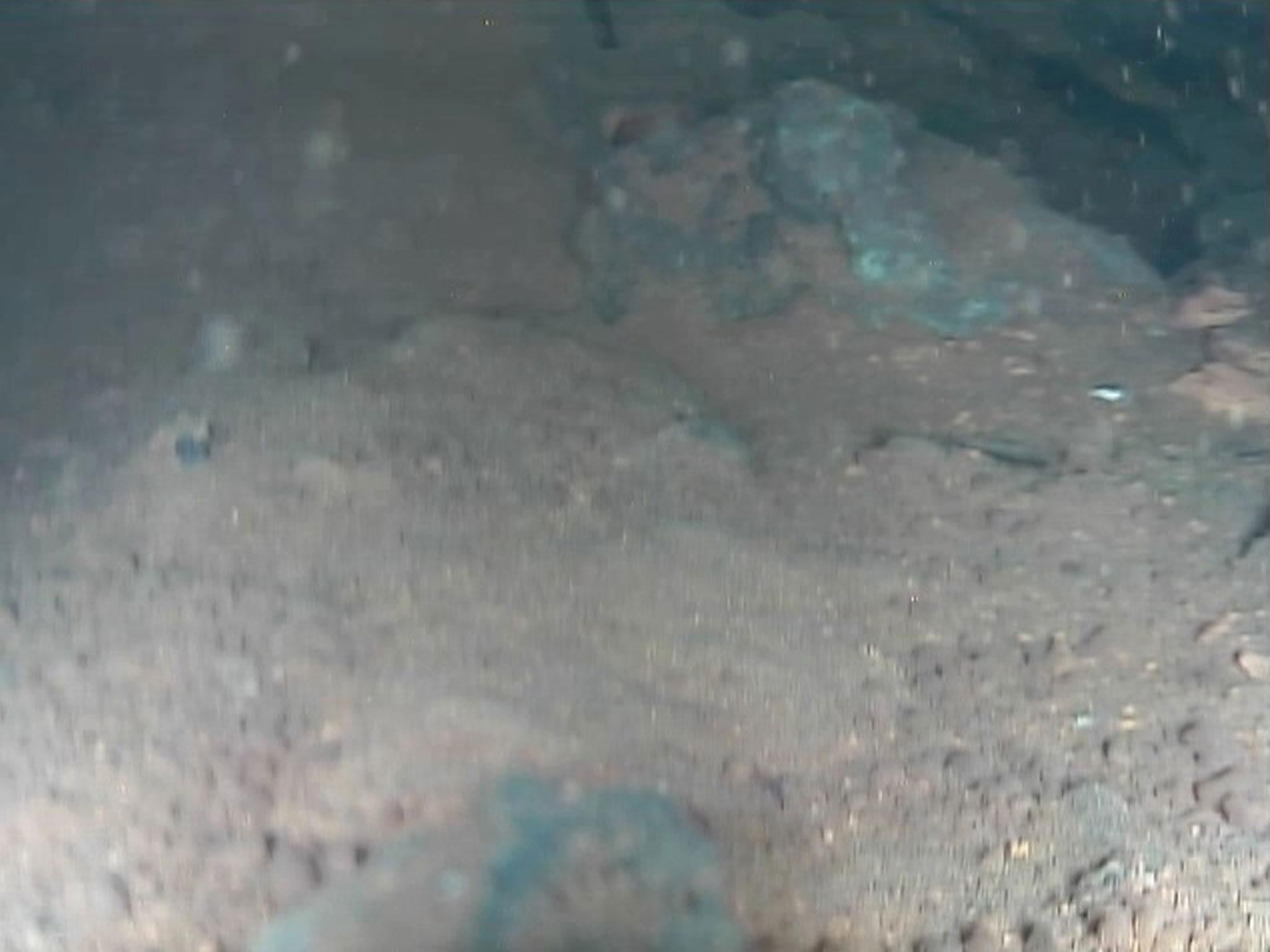Fukushima: Underwater robot discovers suspected melted nuclear fuel at reactor
Experts say fuel is now covered by radioactive water

Your support helps us to tell the story
From reproductive rights to climate change to Big Tech, The Independent is on the ground when the story is developing. Whether it's investigating the financials of Elon Musk's pro-Trump PAC or producing our latest documentary, 'The A Word', which shines a light on the American women fighting for reproductive rights, we know how important it is to parse out the facts from the messaging.
At such a critical moment in US history, we need reporters on the ground. Your donation allows us to keep sending journalists to speak to both sides of the story.
The Independent is trusted by Americans across the entire political spectrum. And unlike many other quality news outlets, we choose not to lock Americans out of our reporting and analysis with paywalls. We believe quality journalism should be available to everyone, paid for by those who can afford it.
Your support makes all the difference.Images captured by an underwater robot showed massive deposits believed to be melted nuclear fuel covering the floor of a damaged reactor at Japan's crippled Fukushima nuclear plant.
The robot found large amounts of solidified lava-like rocks and lumps in layers as thick as one metre (three feet) on the bottom inside of a main structure called the pedestal that sits underneath the core inside the primary containment vessel of Fukushima's Unit 3 reactor, said the plant's operator, Tokyo Electric Power Co.
On Friday, the robot, nicknamed "Little Sunfish," spotted suspected debris of melted fuel for the first time since the 2011 earthquake and tsunami caused multiple meltdowns and destroyed the plant.
The three-day probe of Unit 3 ended on Saturday.

Locating and analysing the fuel debris and damage in each of the plant's three wrecked reactors is crucial for decommissioning the plant.
The search for melted fuel in the two other reactors has so far been unsuccessful because of damage and extremely high radiation levels.
During this week's probe, cameras mounted on the robot showed extensive damage caused by the core meltdown, with fuel debris mixed with broken reactor parts, suggesting the difficult challenges ahead in the decades-long decommissioning of the destroyed plant.
Experts have said the fuel melted and much of it fell to the chamber's bottom and is now covered by radioactive water as deep as six metres (20 feet).
The fuel, during meltdown, also likely melted its casing and other metal structures inside the reactor, forming rocks as it cooled.
TEPCO spokesman Takahiro Kimoto said it would take time to analyse the debris in the images to figure out debris removal methods.
The submersible robot, about the size of a loaf of bread, is equipped with lights, manoeuvres with five propellers and collects data with two cameras and a dosimeter.
It is controlled remotely by a group of four operators.
It was co-developed by Toshiba Corp, the electronics, nuclear and energy company charged with helping clean up the plant, and the International Research Institute for Nuclear Decommissioning, a government-funded consortium.
Associated Press
Join our commenting forum
Join thought-provoking conversations, follow other Independent readers and see their replies
Comments